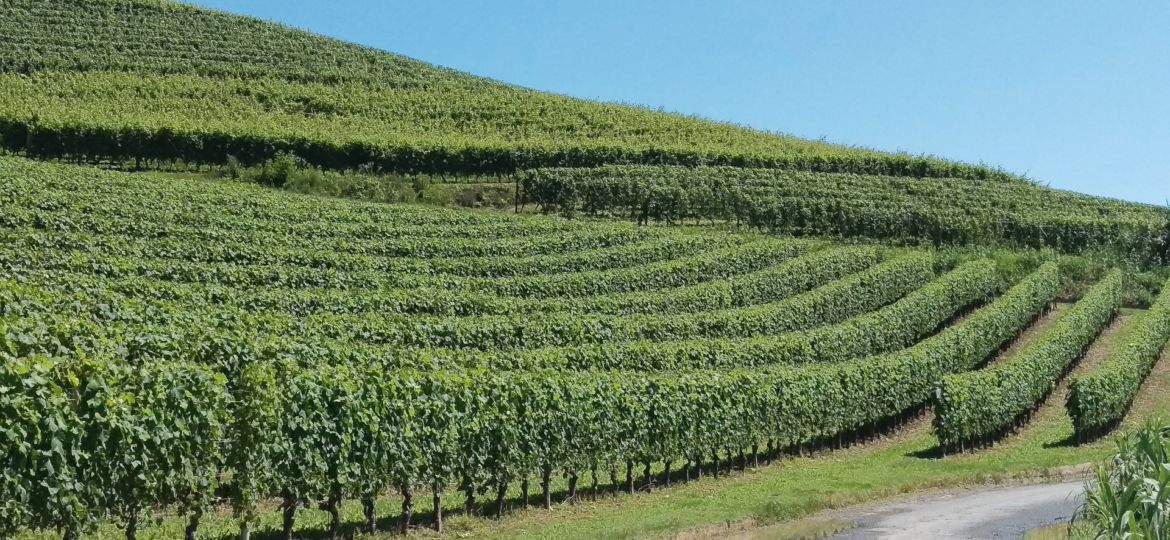
Nebbiolo is a high-acid, high-tannin grape grown nearly exclusively in Barolo and Barbaresco in northwest Italy’s Piedmont region. This thin-skinned, temperamental grape is named after the fog (la nebbia) that rolls across the valleys, and it can produce some of the world’s most revered wines. Nebbiolo is so well-known that it’s been dubbed “the king of grapes.” The grape isn’t necessarily new, as it was first referenced in the early 1300s, but it became more well-known outside of Italy in the 1800s.
Nebbiolo is very sensitive to its growing environment, requiring the correct mix of soil type (loose clay or marl), elevation, and temperature. The steep slopes on which it grows nearly always require physical vineyard work. Bud break occurs early in the spring, and the grapes are not harvested until late October. The tannins and alcohol content of the wine are increased as a result of the late harvest. Because of its finicky nature and limited growing area, this grape may be unable to adjust to climate change in the coming years, resulting in wines that differ from typical Barolo.
Typical Nebbiolo wines are a light garnet color, with aromas and tastes that vary with age. Younger wines tend to smell and taste of fresh red fruits like cherries, as well as roses and herbs, such as mint. Older Barolo that have had time to age, give off aromas and tastes of tar, leather, and forest floor. Traditional Barolo wines are aged in large oak casks known as botti. These are made from Slavonian oak, sourced from northeastern Croatia.
The Barolo Wars
Beginning in the 1980s and lasting well into the 1990s, a group of younger winemakers known as the modernists questioned the traditional method of making Nebbiolo grapes into wine.
They had toured the world learning different winemaking techniques and were confident that they could apply them in Barolo in order to improve the wine and its market. One of the most significant changes was to mature the wine in smaller oak barrels (called barriques) like the French.
At the time, the cleanliness of cellars and wineries was not great and the equipment was generally old. For a wine that required thirty years of aging, the risk of introducing unwanted substances was quite high. The modern approach attempted to make a drinkable wine that did not have to age so long. The result was a more fruit forward wine with much higher oak contact.
This appealed to some wine drinkers, but the new wine tasted pretty different from the traditional Barolo. The feud between traditionalists and modernists, also called the Barolo Wars, has finally settled down. Today, the techniques more or less are a blend of the two extremes for many winemakers. Each side has learned from the other, and the great wines of Barolo today are a result of this shift.




